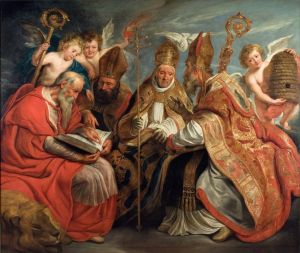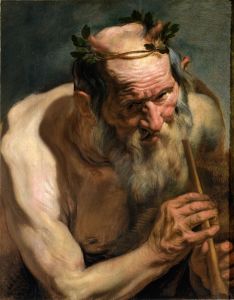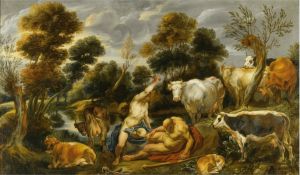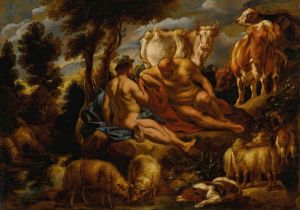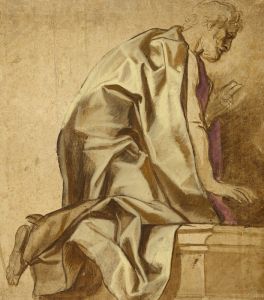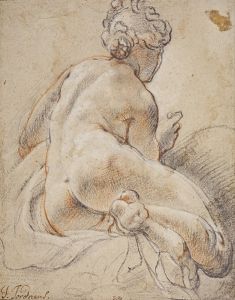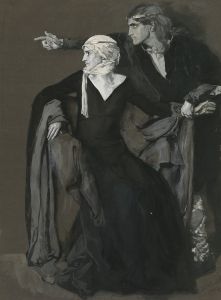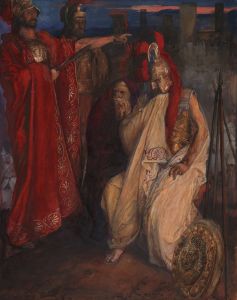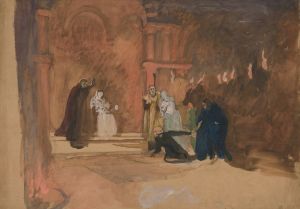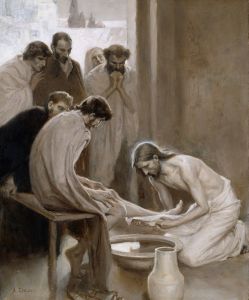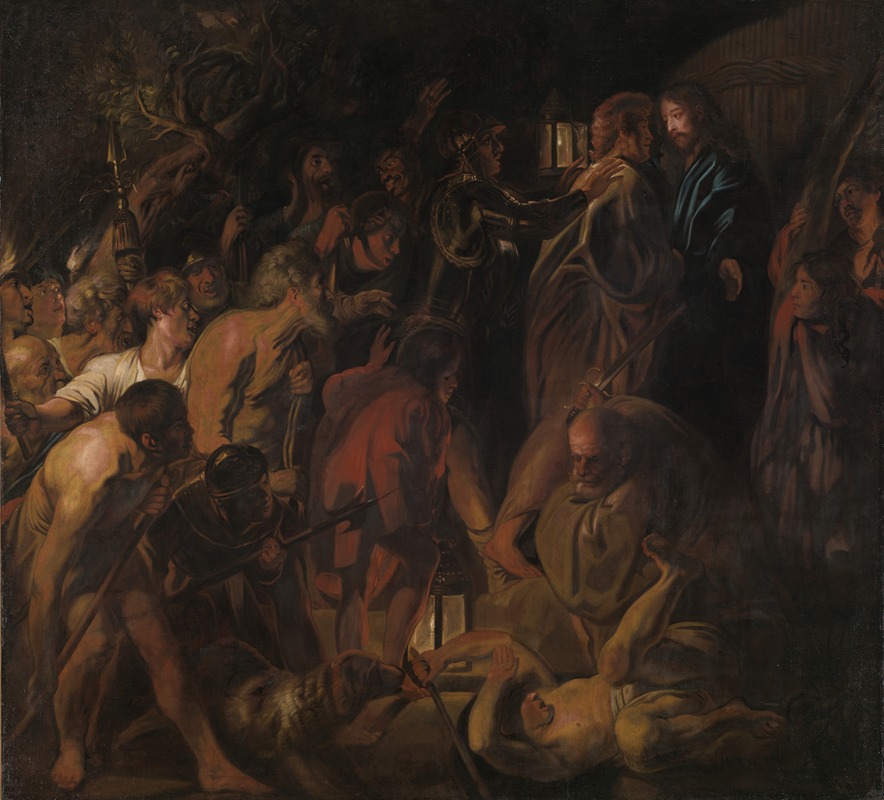
The Betrayal of Christ
A hand-painted replica of Jacob Jordaens’s masterpiece The Betrayal of Christ, meticulously crafted by professional artists to capture the true essence of the original. Each piece is created with museum-quality canvas and rare mineral pigments, carefully painted by experienced artists with delicate brushstrokes and rich, layered colors to perfectly recreate the texture of the original artwork. Unlike machine-printed reproductions, this hand-painted version brings the painting to life, infused with the artist’s emotions and skill in every stroke. Whether for personal collection or home decoration, it instantly elevates the artistic atmosphere of any space.
Jacob Jordaens, a prominent Flemish Baroque painter, created The Betrayal of Christ, a work that depicts the biblical scene of Judas Iscariot betraying Jesus Christ with a kiss, leading to His arrest. This theme, drawn from the New Testament, has been a recurring subject in Christian art, symbolizing treachery and the beginning of Christ's Passion.
Jordaens, who was active during the 17th century, is best known for his dynamic compositions, vivid use of color, and dramatic contrasts of light and shadow, hallmarks of the Baroque style. While he is often associated with genre scenes and mythological subjects, his religious works, including The Betrayal of Christ, demonstrate his ability to convey intense emotion and narrative depth.
The painting captures the climactic moment when Judas identifies Jesus to the Roman soldiers and temple guards by kissing Him, as described in the Gospels of Matthew, Mark, and Luke. Jordaens employs dramatic lighting to highlight the central figures, emphasizing the tension and chaos of the scene. The expressions and gestures of the characters reflect the emotional turmoil of the event, with Christ remaining calm amidst the betrayal and aggression surrounding Him.
Unlike his contemporaries Peter Paul Rubens and Anthony van Dyck, Jordaens rarely traveled outside his native Antwerp, and his works were often created for local patrons. However, his reputation extended beyond the region, and his paintings were sought after by collectors across Europe. The Betrayal of Christ is an example of his ability to adapt traditional religious themes to his distinctive style, blending realism with theatricality.
The exact date of the painting's creation is not definitively documented, but it is generally attributed to Jordaens' mature period, when he had fully developed his artistic style. The work is executed in oil on canvas, a medium commonly used by Flemish Baroque artists. The painting is housed in a museum or private collection, though specific details about its current location or provenance may not be readily available.
Jordaens' interpretation of The Betrayal of Christ reflects the broader Baroque interest in dramatic storytelling and the exploration of human emotion. His ability to convey the moral and spiritual weight of the scene ensures that the painting remains a significant example of 17th-century religious art.





